Honestly, the best time to visit Peneda-Gerês National Park depends on what you’re after. I’ve wandered this wild corner of northern Portugal more times than I can count—chasing waterfalls in the lush spring, cooling off in secret swimming spots during the hot summer, and hiking through forests ablaze with autumn colors. For nature lovers plotting a Portugal trip, picking the right season totally changes the experience.
In spring, waterfalls roar and the trails burst with new life. Summer means swimming in natural pools under the sun, while autumn’s cooler days bring peaceful forests glowing with color. I keep coming back, honestly, because every season in Peneda-Gerês has its own magic.

Understanding Peneda-Gerês National Park’s Seasons
Peneda-Gerês National Park shifts a lot through the year. The place swings from wild spring waterfalls and sunny summer swims to the fiery leaves of autumn and the stillness of winter.
Spring: Waterfalls in Full Flow
Spring, especially March to May, is something special if you love fresh greenery and active waterfalls. Winter rains fill the streams, and the Arado and Tahiti waterfalls become thunderous. Trails like Mata da Albergaria turn vibrant, with wildflowers popping up everywhere.
Temperatures usually sit between 8°C and 18°C. The weather feels mostly nice, but I always bring a rain jacket since showers sneak up on you. Wildlife returns, too—frogs call from ponds, and sometimes I spot wild Garrano ponies grazing.
Hiking during spring feels extra rewarding. Valleys echo with birdsong and water rushes at its peak. Fewer tourists show up, so I get quiet trails and time to just soak in the landscape.

Summer: Swims, Sun, and Nature Escapes
From June through early September, Peneda-Gerês gets busy and lively. Valley temps range from 15°C to 28°C—sometimes even hotter. The clear rivers, like the Rio Homem, call for swimming, especially near Vilarinho das Furnas.
I always pack a swimsuit since the natural rock pools and lagoons look irresistible. Shady oak and pine forests become my go-to for picnics or lazy siestas when the sun gets intense.
Trails like the one to Cascata do Arado can get crowded, but the villages and terraced fields buzz with summer energy. Local festivals pop up, adding extra color. I usually start hikes early to dodge the midday heat and bigger crowds.
Autumn: Colorful Forests and Tranquility
Late September to November brings a complete transformation—gold, amber, and russet everywhere. Oak and chestnut forests glow, and temps hover between 10°C and 20°C, making hikes long and comfortable. Sometimes, morning mists roll in and give the valleys a dreamy vibe.
I love autumn for its peace. Most tourists have left, so the park feels like it belongs to the wildlife and the handful of us on the trails. Mushroom hunters wander the woods, and chestnut festivals light up villages like Lindoso and Soajo.
Crisp, fresh air makes every step feel refreshing. Some days still feel like summer, others hint at winter, so I always layer up. The forests and ridges burn with color—perfect for photos.
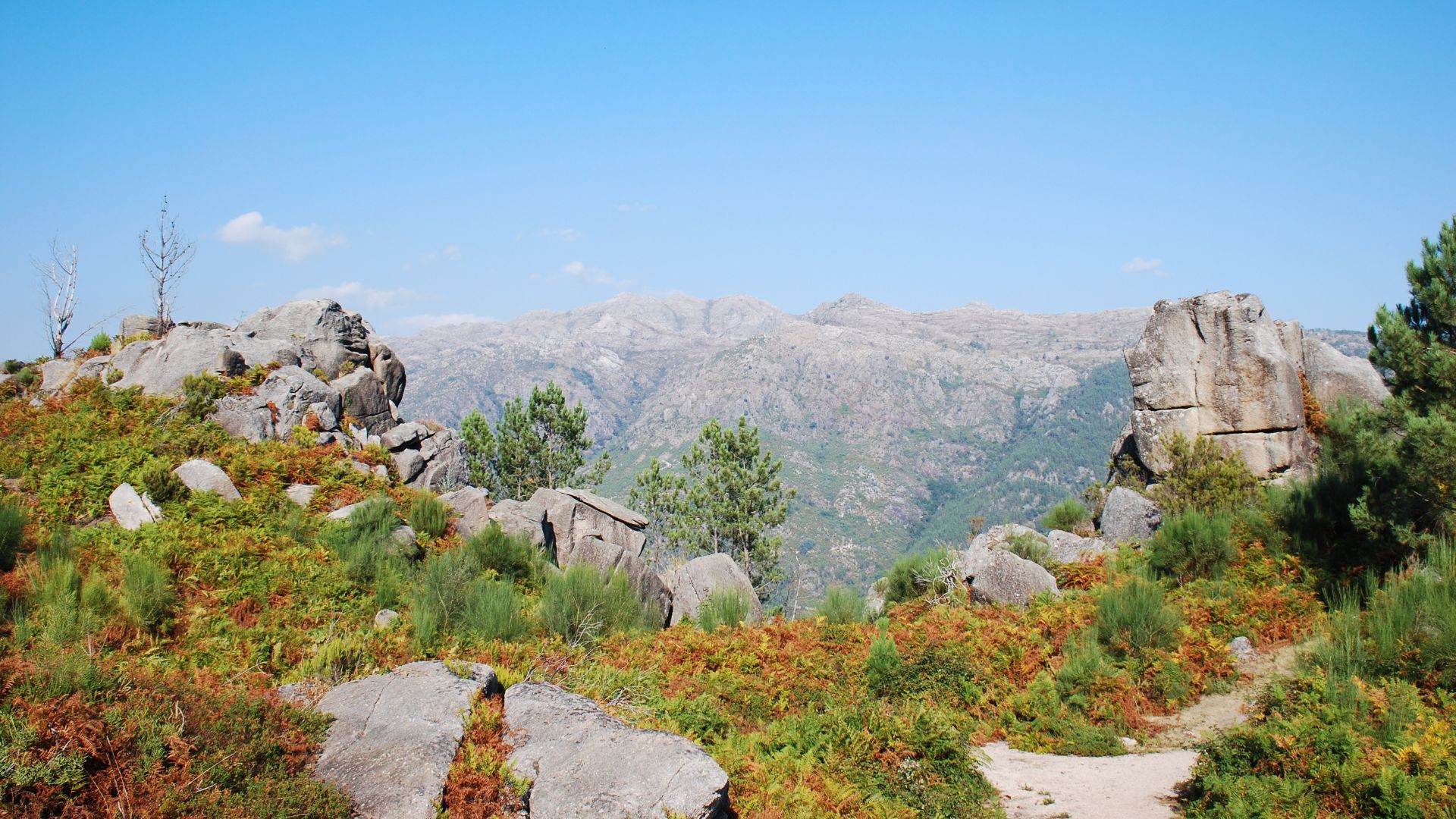
Winter: Peace, Solitude, and Reflections
From December to February, the park goes quiet and cold. Valley temps can drop to 0°C at night and reach 10°C during the day. Fogs roll over the mountains, and frost sometimes sparkles on the meadows.
Trails turn silent except for distant streams or the crunch of frost. I find winter best for slow walks and a real sense of solitude. The air feels sharp and clean, and even busy spots like São Bento da Porta Aberta or Senhora da Peneda turn peaceful.
Some mountain roads get icy, so I always check conditions before heading out. The lack of crowds is a huge plus. Winter gives me a calm, unhurried beauty that’s hard to find in other seasons.
Chasing Waterfalls: Spring’s Dramatic Cascades
Early spring wakes up the rivers and cascades in Peneda-Gerês. Melting snow and steady rain make this the best time to hunt for powerful waterfalls, secret pools, and hidden corners in green valleys.
Arado Waterfall and Hidden Gems
Cascata do Arado is always a highlight for me. The last stretch is an easy, scenic hike through forest, with the sound of water pulling me along.
In spring, Arado waterfall really puts on a show, crashing down rocky steps into a deep pool. I usually stop at the main viewpoint, just watching the mist swirl above mossy boulders. The water’s freezing—way too cold for a swim this early—but it’s a perfect spot for reflection and photos.
Past Arado, Mata da Albergaria hides quiet streams and smaller, unnamed falls. I always keep an eye out for deer or shy wildlife by the path. Finding these secret places feels like stumbling on hidden treasure.
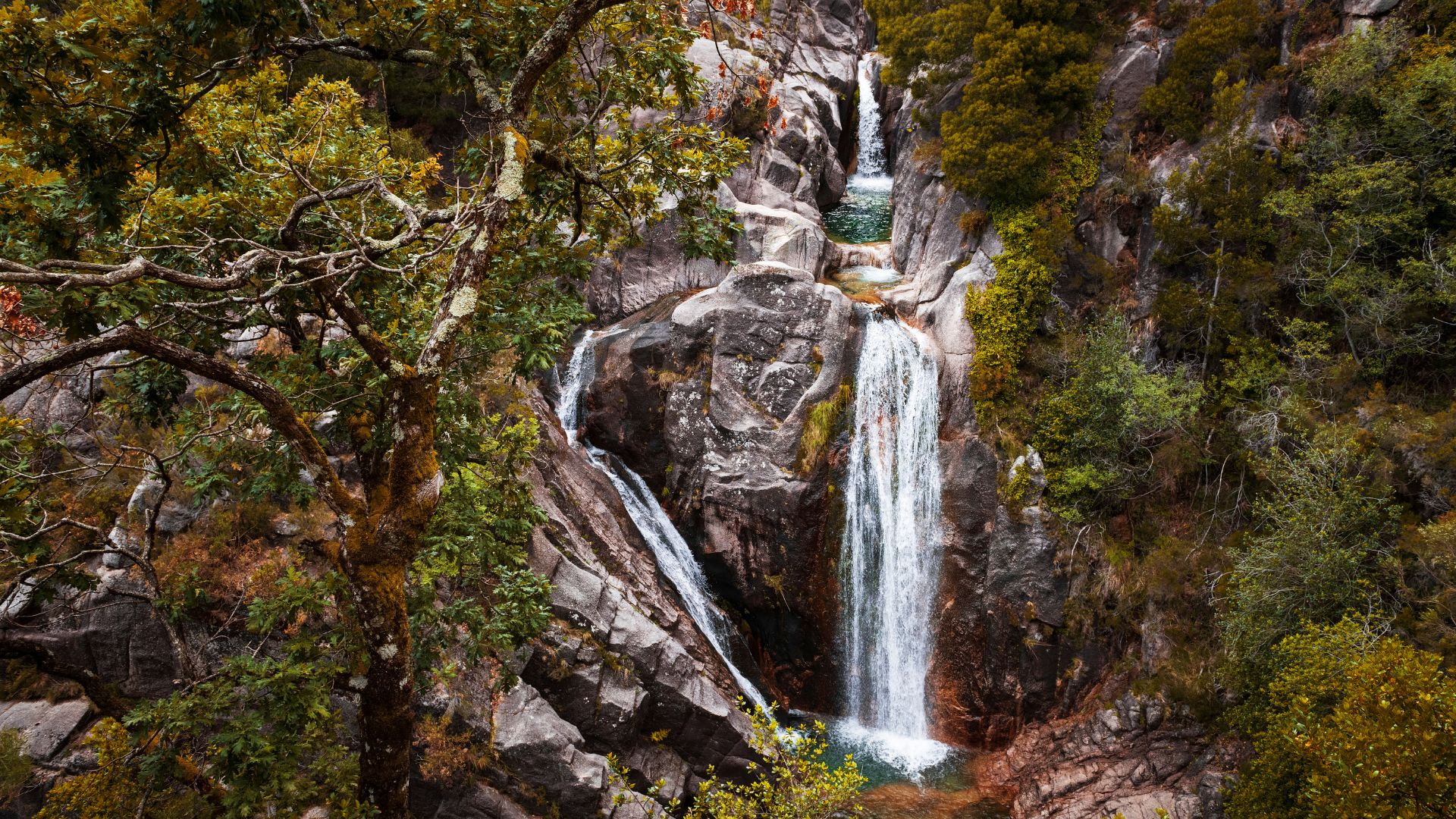
Tahiti Waterfall Adventure
Cascata do Tahiti, or Fecha de Barjas, is wild and dramatic. Getting there means a steep hike down from the road above Vilar da Veiga. The trail can get muddy and slick in wet spring weather, so I wear sturdy shoes and take my time.
The river splits into several strong cascades here. As I head down, the roar of water and the promise of turquoise pools pull me along. The main swimming area fills up in summer, but in spring it’s quiet, so I can really appreciate the raw power of the falls.
Now and then, I spot hikers crossing the rocks or dipping their feet in the smaller pools. The wild energy at Tahiti Waterfall makes it a must-see, especially when the water’s at its highest.
Portela do Homem Waterfall Experience
Close to the Spanish border, Portela do Homem Waterfall always amazes me. I drive through Mata da Albergaria, passing ancient oaks and green ferns.
I start at the old border post and walk the short path to the falls. In spring, water slides over polished granite, forming clear blue pools. On sunny days, I sometimes dip my toes in—though the water’s icy. The main pool isn’t far, but the rocks get slippery, so I watch my step.
Families and hikers love this spot, especially for a scenic picnic or a break after a forest walk. The river’s rush, birds singing, and the shade of old trees make Portela do Homem a favorite.
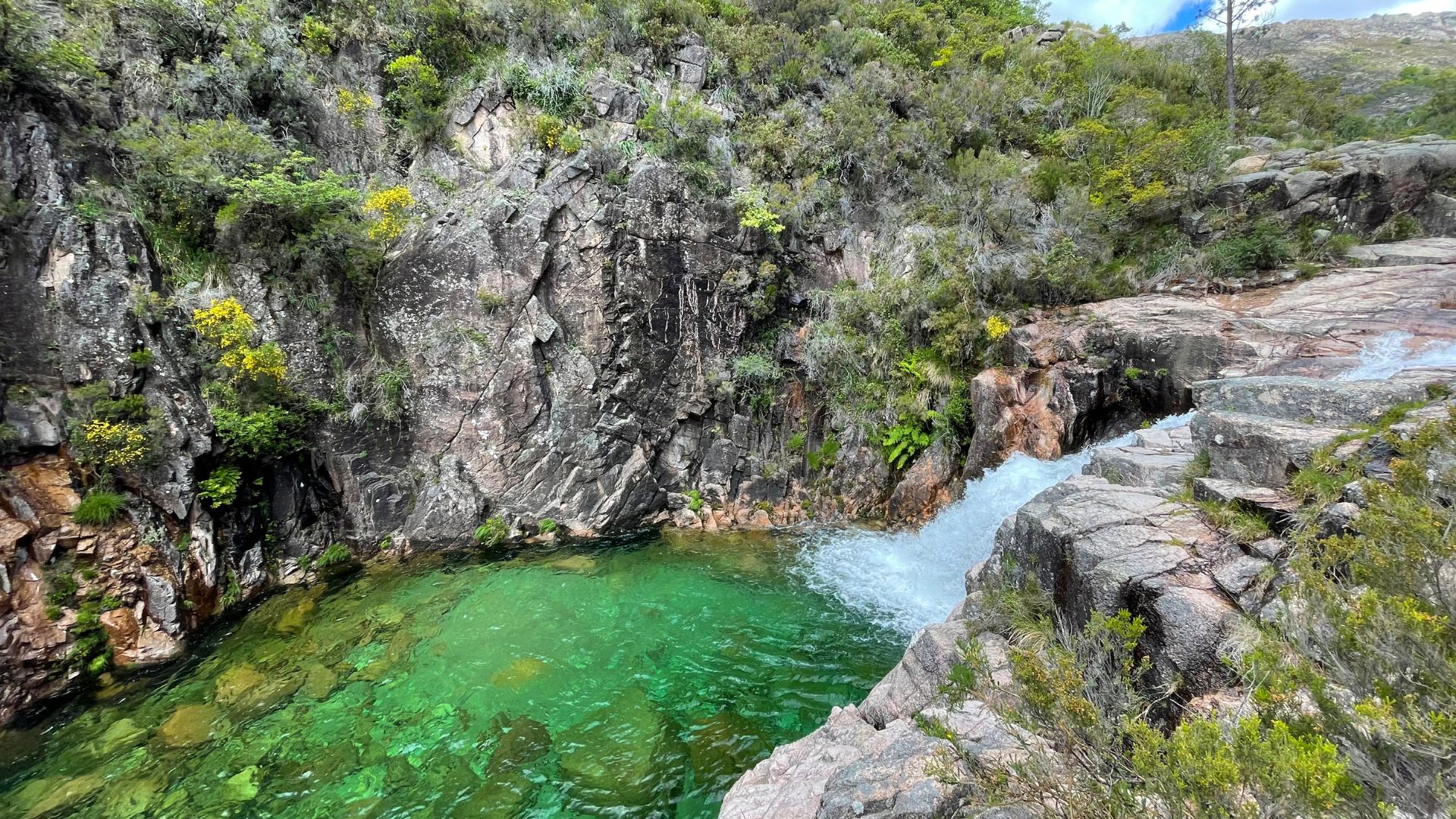
Lagoons and Natural Pools for Nature Lovers
What I love most about Gerês in spring are the lagoons and pools along the main rivers—Rio Homem, Rio Arado, and Rio Cabril. Spring rains fill these spots, making them even more magical.
Pools near Vilarinho das Furnas have crystal-clear water and stony beaches. I like to sit and watch fish dart between rocks or just relax after a hike. Sometimes I wander off-trail and stumble on hidden gems where waterfalls tumble into deep, blue-green water.
Tips for Exploring Lagoons:
- Wear sturdy shoes for rough or slippery paths.
- Bring a towel and a change of clothes if you want to swim.
- Visit early or late to avoid crowds.
From misty mornings over mountain pools to sunlight sparkling on cascades, Gerês is a dream for waterfall chasers and anyone needing a quiet moment in nature.
Unforgettable Summer Swims and Outdoor Adventures
Summer in Peneda-Gerês means clear rivers, hidden swimming spots, and endless outdoor adventures. The sunny weather makes it perfect for cooling off in fresh water or taking on thrilling sports with friends or family.
Best Wild Swimming Spots
When the summer heat gets intense, I head for the wild swimming holes scattered across Peneda-Gerês. The Arado Waterfall has cold pools surrounded by green forest—perfect for a dip after a hike.
I’m especially fond of the river beach at Caniçada Reservoir. The sandy spots and calm blue water attract both locals and travelers. The water’s deep enough for swimming but gentle for kids. The Rio Homem also has peaceful coves and natural “bathtubs” in the rocks.
Water shoes are a must—the rocks can be slippery. Mornings and late afternoons are quieter, so I usually go then for some peace.

Kayaking, Water Sports, and Adventure Activities
Caniçada Reservoir is more than just a swimming spot. It’s the hub for water sports in the park. On hot days, I’ll rent a kayak or paddleboard right at the shore. You can even try water skiing or canoeing if you’re feeling adventurous.
With friends, I sometimes join a guided kayaking tour along the calm river stretches. These tours offer awesome views of forested hills and hidden coves. If you want more excitement, canyoning in the park’s narrow streams and waterfalls is a summer favorite.
Hiking trails often cross paths with beginner climbing spots. Local guides provide all the gear, so it’s easy to join in.
Camping and Overnight Escapes
Nothing beats waking up to birds and flowing water. Peneda-Gerês has both developed campgrounds and wild camping spots for those who want a real nature escape.
The organized campsites near Caniçada Reservoir have showers, grills, and even little cafés. I bring my tent and grab a flat spot near the water for a peaceful night. In July and August, these sites fill up fast, so I try to book ahead.
For a wilder experience, I hike out to a secluded riverbank or up into the oak woods. The forest rules are strict, so I always follow Leave No Trace and check for fire bans. Camping here gives me starry nights and quiet mornings—moments I look forward to every summer.
Autumn’s Magic: Forest Hues, Trails, and Wildlife Encounters
Autumn in Peneda-Gerês turns the forests into a wild tapestry of gold, orange, and deep red. The air gets crisp—just right for hiking—and wildlife becomes easier to spot as they get ready for winter.
Top Trails for Autumn Leaf Peeping
I always kick off my autumn hike on the Mata da Albergaria trail. The path winds through ancient oak groves, and golden leaves crunch underfoot.
The Lamas de Mouro path grabs my attention every year. Mossy stones, ferns, and chestnut trees dropping spiky husks make it feel wild and alive.
Another favorite? Trilho da Cidade da Calcedónia. The uphill trek takes me past boulders and ruins, but the best part is sunlight filtering through fiery foliage.
Early morning feels extra magical. Low fog weaves through the valleys, and the quiet is something else.
Here’s my quick list of top autumn hikes:
- Mata da Albergaria: Best for color and tranquility
- Lamas de Mouro: Lush, fern-filled forests
- Cidade da Calcedónia: Rocks, ruins, and vivid leaves
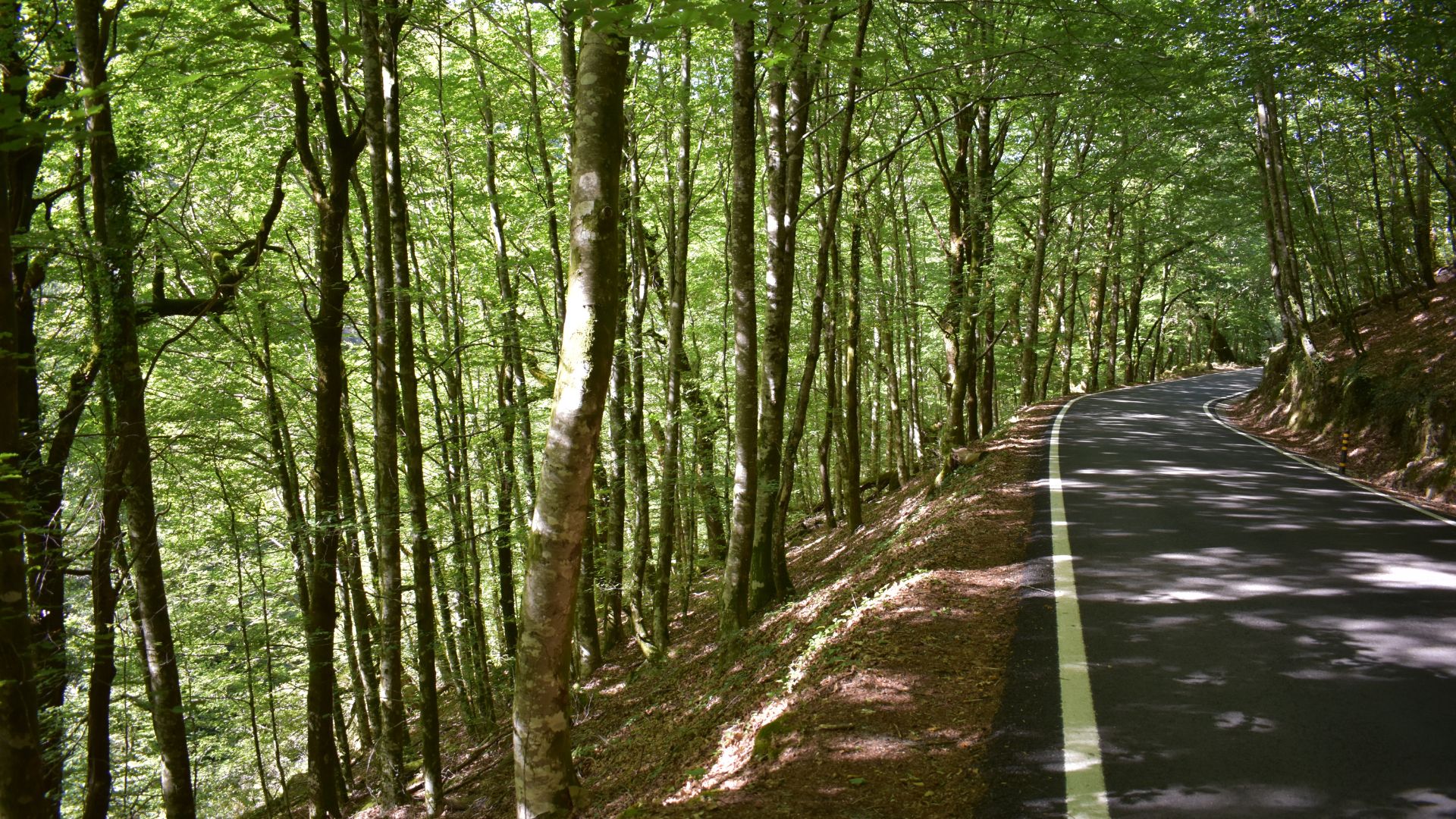
Stunning Viewpoints and Panoramic Vistas
Nothing beats the sweep of Peneda-Gerês’ autumn colors from the Pedra Bela viewpoint. The valleys stretch out in rolling carpets of rust and gold.
I usually linger to spot the Rio Cávado winding between mountains and forests. It’s hard not to.
The Miradouro da Ermida is another spot I never skip at sunset. Gnarled birch trees frame the horizon, and by late afternoon, everything glows with soft golden light.
Here’s a quick comparison of my favorite viewpoints:
| Viewpoint | Best Time of Day | Scenic Elements |
|---|---|---|
| Pedra Bela | Morning | Broad valley, lush forest |
| Ermida | Sunset | Mountain peaks, autumn hues |
| Senhora da Peneda | Late afternoon | Waterfalls, granite cliffs |
Biodiversity: Spotting Flora and Fauna
Autumn is the best time to see the park’s biodiversity in action. Oak, birch, and chestnut trees burst with color, and heather, ferns, and moss line every path.
Most mornings, I hear deer rutting through the forest. Wild horses graze in the meadows, and sometimes I find boar tracks near muddy streams.
Patient hikers might spot an Iberian wolf or see otters in the clear river pools. The golden eagle sometimes soars overhead, scanning the open valleys.
For those into plants, autumn crocus and wild mushrooms pop up along the trails. Seeing so many species—plants and animals—reminds me why Peneda-Gerês is a paradise for nature lovers.
Every walk brings a new surprise, especially as the days cool down and wildlife gets busy preparing for winter.
Practical Tips: When, Where & How to Visit Peneda-Gerês
Timing really matters when exploring Peneda-Gerês National Park. The best trips come with a bit of planning—choosing shoulder seasons, picking the right hike, and wandering through authentic villages on foot or by car.
Best Months and Weather Insights
Spring (April to June) is my top pick for chasing waterfalls in Peneda-Gerês. Meltwater from the mountains fills streams and rivers, so spots like Arado Waterfall and Tahiti Waterfall really come alive.
Wildflowers bloom everywhere, and the weather usually sits between 15°C to 25°C (59°F to 77°F). That’s just perfect for hiking, if you ask me.
Summer (July and August) brings warmer days, which is great for swimming in river pools near Soajo or the granite tubs around Lindoso. It gets busier, and the heat can hit 30°C (86°F).
I keep my walks shorter and hit the trails early in the morning. It’s the only way.
In autumn (September to November), forests turn golden and red, especially on trails near Pitões das Júnias and Castro Laboreiro. Temperatures drop (down to 10°C/50°F at night), so I always pack a warm layer.
Rain sometimes shows up, but the crowds thin out for a peaceful, colorful experience.
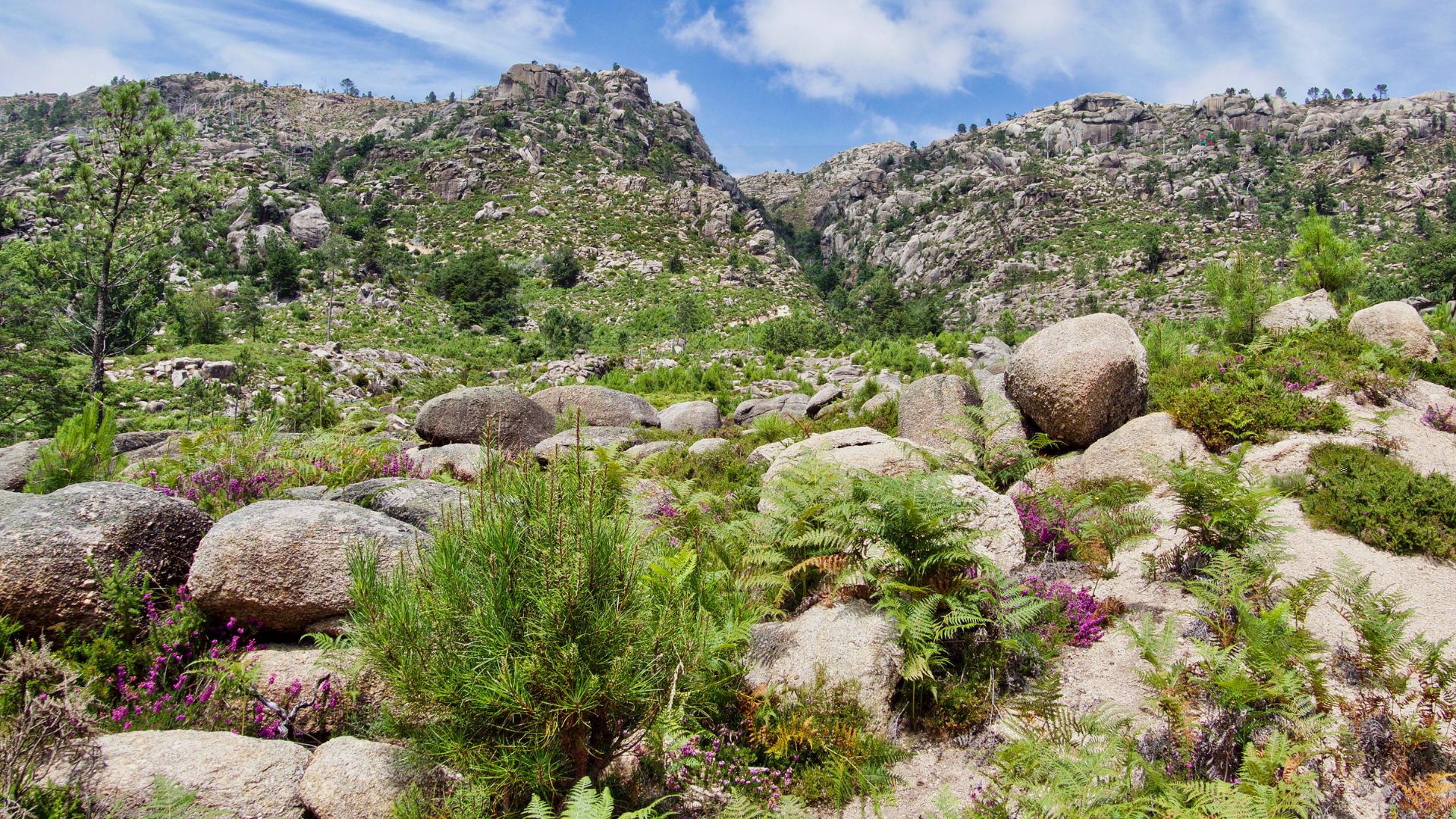
Avoiding Crowds and Finding Tranquility
Dodging crowds in Peneda-Gerês is easier than people think, even in high season. I skip Saturday midday hikes and head for quieter villages like Pitões das Júnias, Soajo, Lindoso, and Castro Laboreiro.
Early morning or late afternoon, I usually get the trails almost to myself. Weekdays, especially when school’s in session, are much more peaceful.
If I visit in July or August, I look for lesser-known paths like the Caminhos do Pão e do Fé for some solitude. Exploring granite cottages or chatting with locals at a café brings me closer to the park’s heart.
I stay overnight in local casas (guesthouses), not bigger hotels. The hush after day-trippers leave is the best.
Evening strolls in the villages? That’s my favorite way to soak in the tranquil mood.
Traveling from Porto, Braga, and Lisbon
From Porto, I usually grab a car—driving to Ponte da Barca or Vila do Gerês takes about 90 minutes. Rental cars are easy to get at the airport, and the drive weaves through rolling hills and tiny stone villages.
Rede Expressos runs direct buses, but stops are limited and not always close to trailheads.
From Braga, the gateway city, it’s less than an hour by car. Braga has some bus links to park gateways, but they’re not frequent.
If I want flexibility, driving wins every time.
Coming from Lisbon is a longer haul—expect at least 4-5 hours by car or train to Porto, then head inland. Sometimes I take a train to Viana do Castelo or Vila Real and rent a car from there to break up the trip.
I always check public transport schedules ahead of time, since they change with the seasons.
| City | By Car | By Bus/Train |
|---|---|---|
| Porto | ~1.5 hours | Rede Expressos |
| Braga | ~1 hour | Local buses |
| Lisbon | 4-5 hours | Train to Porto/Viana do Castelo, then bus/car |

Transport, Public Access, and Traditional Villages
Public transport gets me to the edge of Peneda-Gerês, but not everywhere inside. Main villages like Vila do Gerês, Soajo, or Castro Laboreiro have bus access, but for hiking or reaching remote valleys, I always rent a car.
The roads wind through forests and valleys, so I drive slow and watch for cattle or wild horses. Parking can be tight at trailheads like Arado Waterfall, especially on summer weekends.
If I stay in smaller places, my hosts often know where I can leave the car safely.
Exploring the traditional villages is always a highlight. I wander cobbled streets in Soajo, visit the stone espigueiros (granaries), and learn about the local bread-making tradition along Caminhos do Pão e do Fé.
In Lindoso, granite cottages and the old castle remind me of a slower rural life.
I keep cash handy for tiny markets and local taverns, since many places still don’t take cards. Conversations with villagers—lots of smiles, some broken Portuguese—help me find hidden gems and get to know the park’s local culture.
Local Culture, Hidden Corners & Seasonal Experiences
Peneda-Gerês isn’t just mountains and trails. The park is alive with unique traditions, odd architecture, rare animals, and colorful events that shift with the seasons.
Celebrating Local Festivals and Heritage
When I visit Gerês villages, the local festivals always draw me in. They celebrate both ancient and modern traditions.
In May and June, villages hold festas for their patron saints. Streets fill with processions, folk dancing, and the smell of grilled sardines.
Summer brings music, craft fairs, and food that lets me taste local wine and cheese. Autumn is quieter, but there are chestnut festivals and small markets where artisans sell baskets, honey, and pottery.
Each event is a real window into rural heritage—locals wear traditional costumes, play folk music, and cook regional dishes. It’s the best way to meet people and experience the culture firsthand.
Experiencing Espigueiros and Barrosã Cattle
One thing I always notice in Peneda-Gerês is the espigueiros—stone granaries perched on stilts. These are unique to the region and keep grain safe from rodents.
Walking through old villages like Lindoso or Soajo, I’ve counted dozens clustered together. Each one tells a story about how people lived with the land.
Barrosã cattle are another local treasure. Their reddish coats and long, curved horns stand out in green pastures.
Farmers still use traditional methods, and in spring and summer, I sometimes watch the cattle drives—a timeless part of rural life.
The Barrosã are key to the area’s food, too. Local restaurants often serve beef stew or grilled steaks from this prized breed.
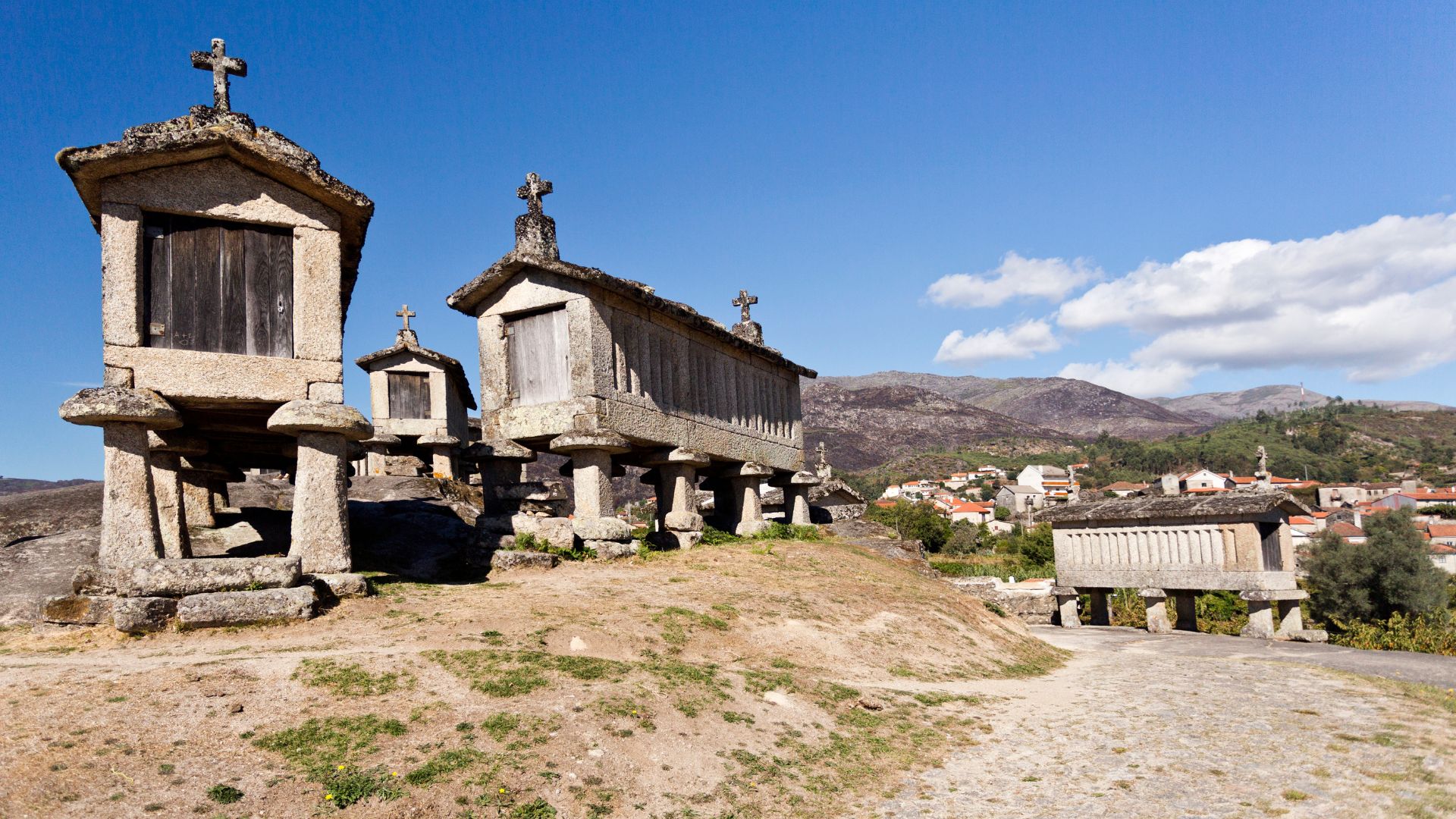
Exploring Rugged Mountains and Natural Beauty
Hiking in the national park honestly feels like stepping into another world. The mountains rise steeply, covered in oaks, pines, and chestnut trees. In autumn, all that color just explodes.
Wild ponies, deer, and even wolves wander through these forests. Sometimes, I catch a glimpse of golden eagles gliding over the valleys—pretty breathtaking, if you ask me.
My favorite moments? They’re when I stumble across hidden gems: a mossy stone bridge, a remote waterfall, maybe even a tiny granite hamlet tucked away where you least expect it.
This is the only national park on the Iberian Peninsula, and it’s always full of surprises. Some trails open up to sweeping views. Others wind past grazing herds, wildflowers, or old stone walls that look like they’ve been there forever.
The wildlife and scenery never really get old. No matter the season, I find myself wanting to come back.

